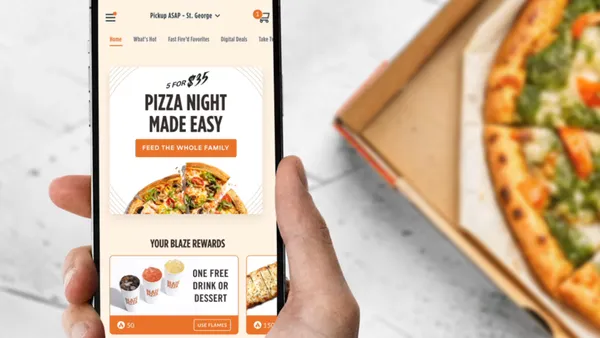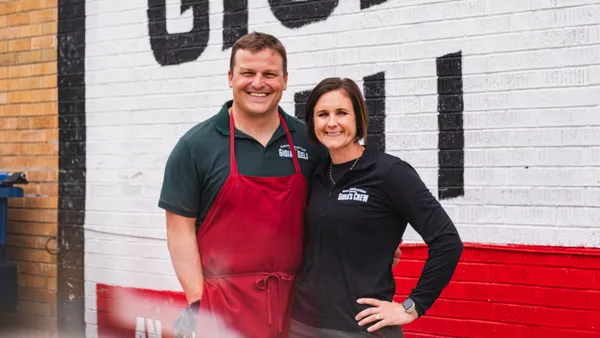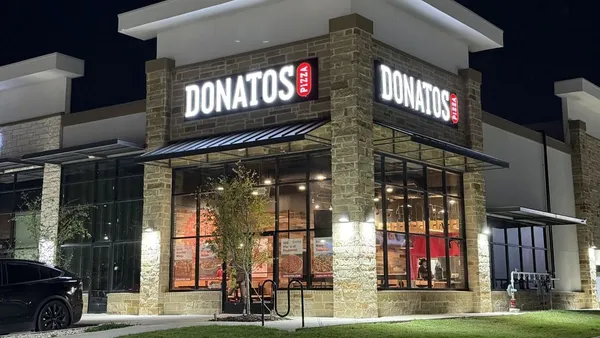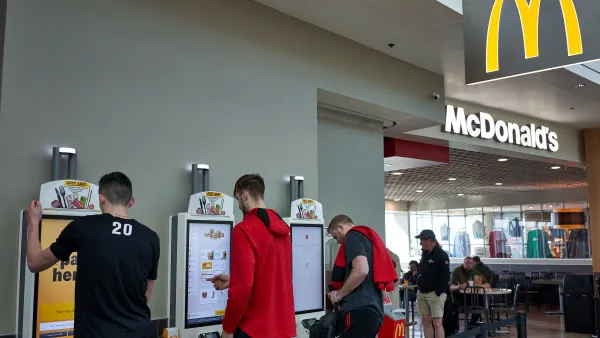When you’re opening your first restaurant, whether you’re seasoned and striking out on your own or new to the industry, it can be confusing and overwhelming to know what metrics actually matter. As both a restaurateur and tech leader in the industry, a focus in my work is figuring out which data insights are meaningful and actionable – and then how we can best surface those to operators.
When I opened my first restaurant as a newcomer to the industry over a decade ago, I didn’t have a great concept of the key metrics associated with business performance other than the basics of accounting. I had to seek out key advisors and learn the basics from them – and this was also before the access (and overflow) of data we experience with technology now, which can be pretty overwhelming. Fundamentally, all operators should have access to understanding what strong business metrics look like, and here’s what I’ve learned:
Real-time visibility into your P&L is key
Your core metrics – those that matter the most – haven’t changed in the 12 years I’ve been in the restaurant industry: your prime costs and bottom line profit. What has changed is how quickly and accurately you can get those numbers, and the number one thing you can do as an operator is have a sense of these numbers on a more frequent basis.
It’s not about having a perfect month but about how quickly you can correct mistakes. A lot of restaurants run into trouble because they realize three or four weeks later that they were paying too much for an ingredient that made the menu unprofitable. If you knew that day-of, instead, you would have increased the price or 86’ed it early.
For your prime costs (cost of goods sold and labor), you want to be under 70% – though some best-in-class restaurants are closer to 50%. Typically, most restaurants’ margins are 4-6%, though you ideally want to hit 10% – with that other 20% going to costs like your linens, glassware, utilities, card processing, and rent.
Dive into guest trends and preferences
Beyond the basics, you need to understand what your guests are looking for – like the times of day they want to dine and the items they’re willing to spend on. Sustaining velocity is key – and low prices are a trade off for volume – so you need to find a balance between the two because every seat you don’t fill is money you don’t get back.
In order to gauge this, some restaurants look at sales per labor hour or sales per square foot, especially for multi-location groups. Others will analyze ticket sizes and spending across menu sections, which can give you ideas of trends for customers. For example, you might learn that you need to sell more wine or streamline that dessert menu. Labor is a major (and growing) cost that needs to be streamlined, too, and understanding when you need to be fully staffed – and when there are opportunities to lean on technology like kiosks or QR code ordering – will ensure you’re spending wisely. Finally, it’s important to know who is returning to your restaurant and who’s not, and then optimize your marketing to target guests you want to get back in the door.
In your first year, don’t grade yourself too harshly
When you start off, you’re going to have volatile margins – you’re doing things for the first time, and revenue hasn’t settled in yet. During this opening period, keep an eye on these metrics but also know that they won’t be perfect. Once you get into the swing of things, start really drilling down into the data insights I shared.
Fundamentally, paying attention to these metrics is easier when they’re at your fingertips – and using intuitive technology that gives you that real-time visibility into your numbers on your phone or laptop (and not just in the back office) is the first step. By better understanding how your business is doing, you can ensure you’re making the right decisions as you work toward stability and growth. Every day, and penny, counts in our industry.










